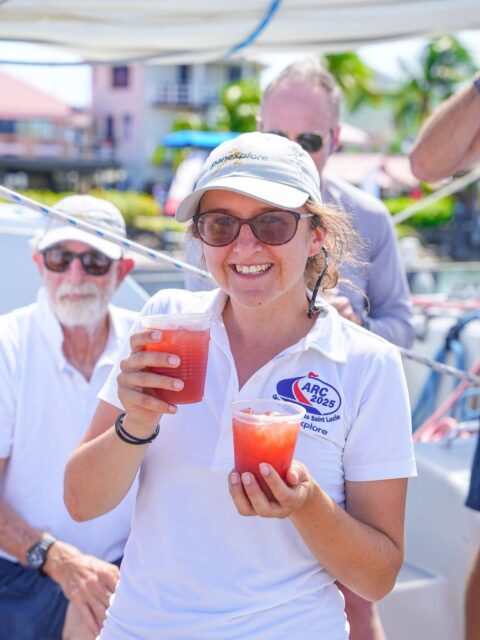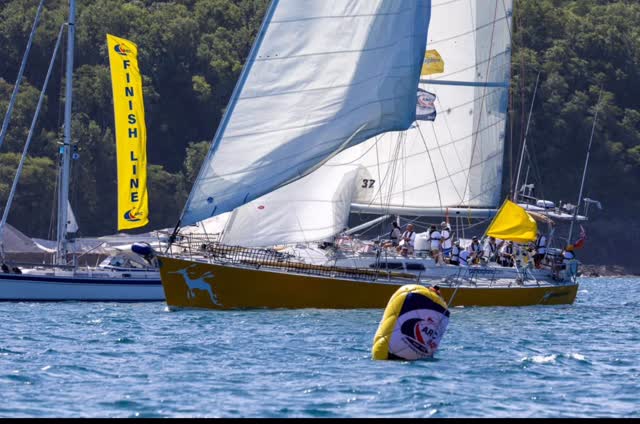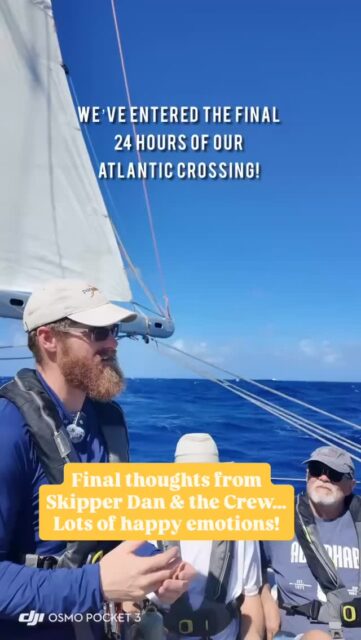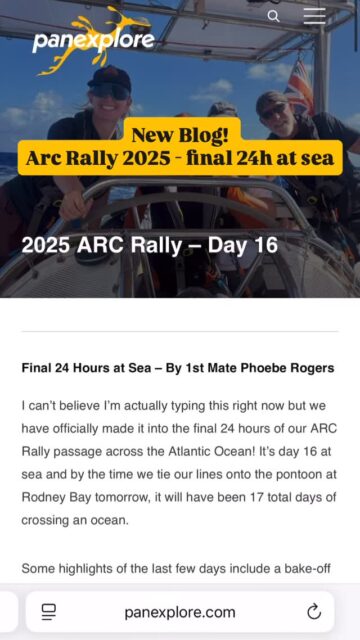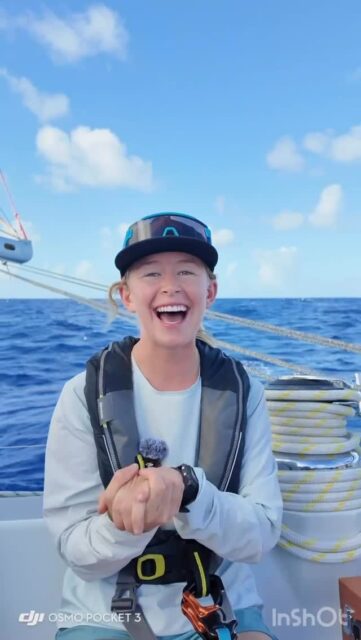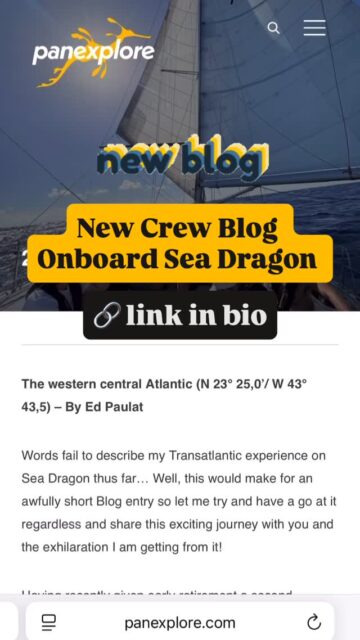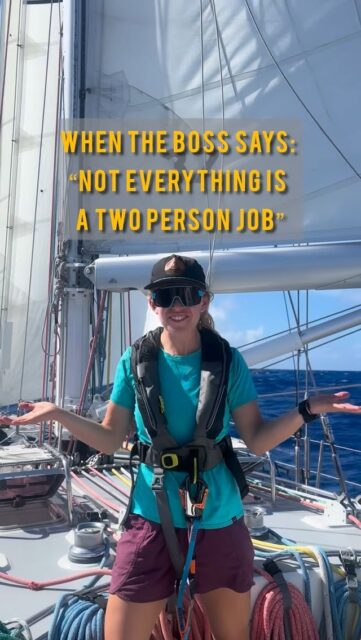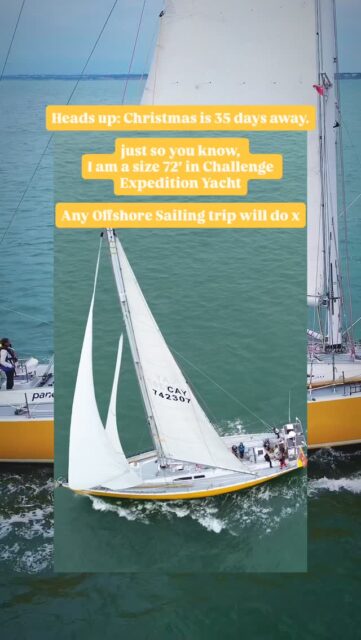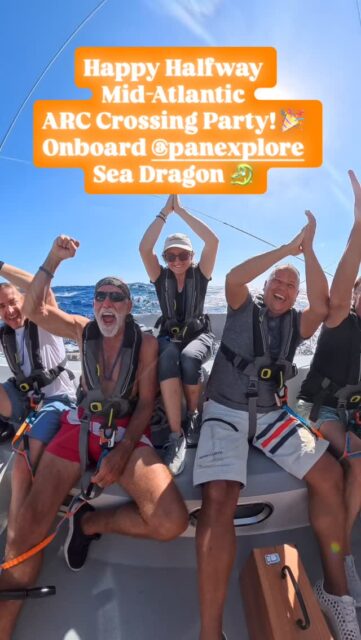Sea Dragon and her team are heading out into the center of the South Atlantic…and into more wind. This is a time of year when we would expect relatively calm wind, lengthening days and good conditions for the research. However, that is not what we are seeing. The team has reported continued rough seas, winds over 20 kts, and conditions that are clearly NOT good for the surface trawls. Heaving crew aside, the problem they face is that the plastic debris mixes into the deeper surface layer when the winds pick up. Despite its buoyancy, most plastic particles are easily stirred into deeper 10, 20 or more feet deeper into the top water layers, more than a few inches and they are out of reach of the trawls. Beyond a point, the trawls will actually have trouble planing through the surface and no longer function as a working net. While the boat may be fine, and the sailing good, too much wind is not what the team needs for data. You can see the stronger winds in the chart below, from Passage Weather,(this is one of the best sites to track their conditions enroute). The darker green/yellow band in the west is the outer edge and higher winds.

What is causing this wind? With the information we are getting back, and the latest satellite weather data, we suspect this is the outer edge of a high pressure system. While the center of the “high” is, ironically, precisely the spot the team is looking for, the margins can have much higher wind speeds. Compounding this, the high appears to be compressed on the NW- which is exactly where the team is working now. As the high pressure compresses, the gradient in air pressure increases (like pushing up the edge of a hill), which then increases the air flow. On a gigantic, weather system scale, this creates faster air movement down the high and across the sea surface. You can see the high center, well south at the core of the concentric rings- light blue.
Sea Dragon must now work out a strategy to regain the center of the high and the calm air. The cell is moving- and changing shape. This is further compounded by their desire to set the nets every 100 miles. Tough challenge. All we can do from land is make sure the crew has the best weather data- and hope for a change. As we say, the sea is not your friend. It has no interest in our schedules.
